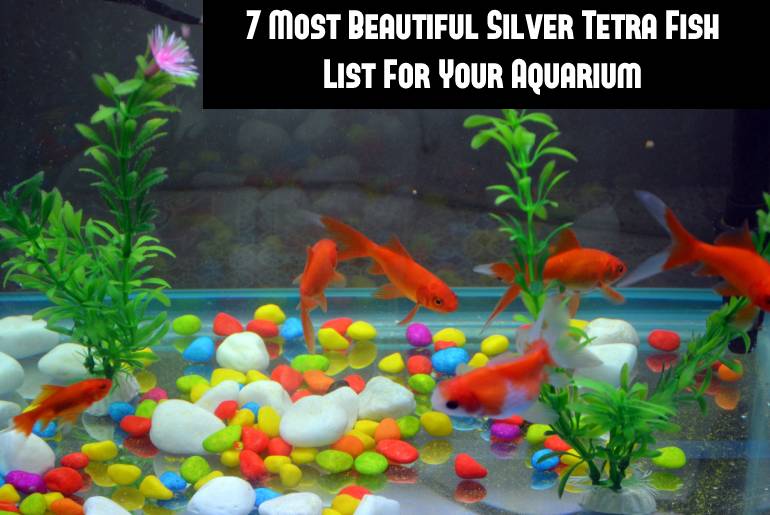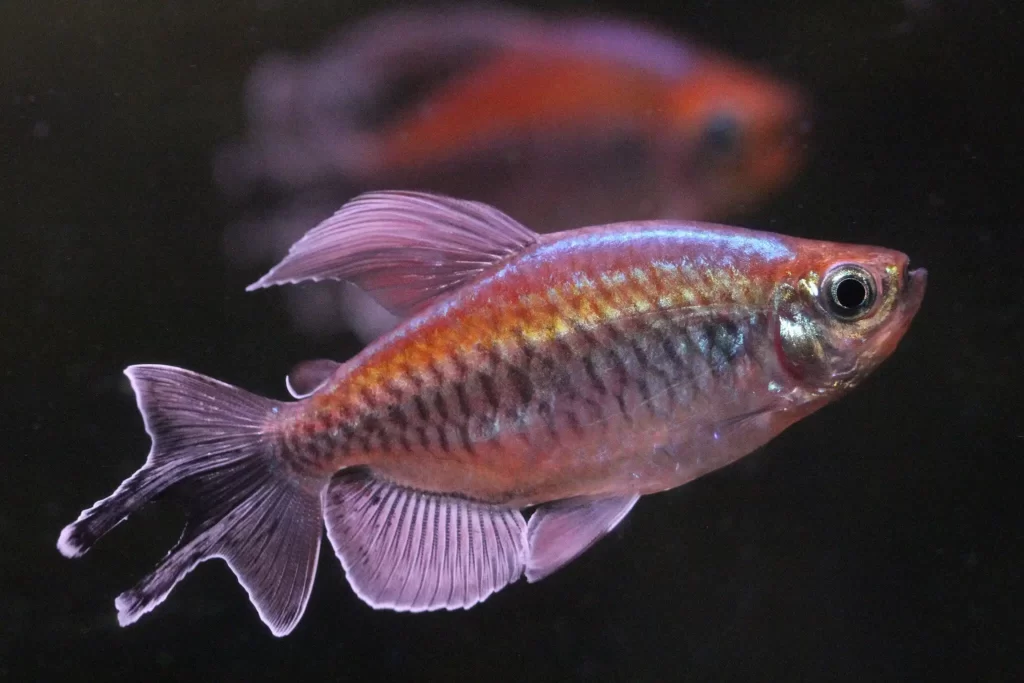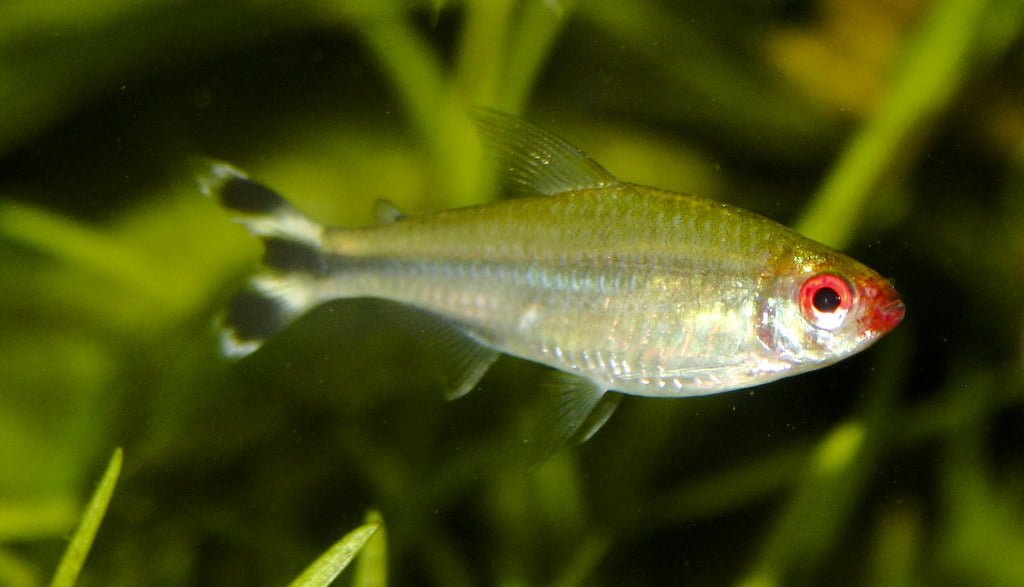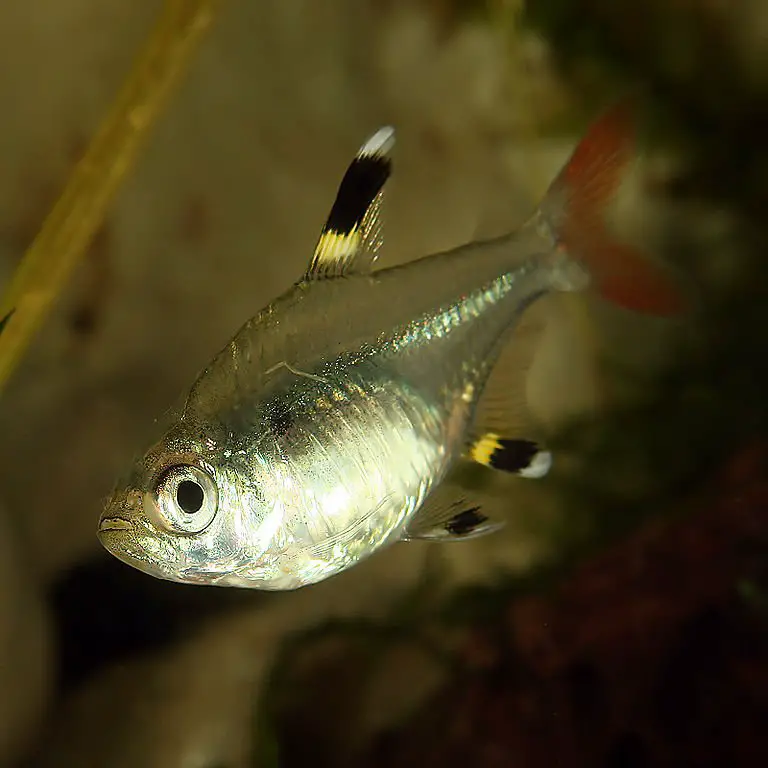Do you enjoy keeping fish as pets? If so, you may want to consider adding a silver tetra to your collection. These beautiful fish come in a range of colors, and they are sure to bring happiness to your home. In this blog post, we will provide a list of the most beautiful silver tetras. We will also discuss their care requirements and personality traits. So, if you’re looking for a new pet fish, be sure to read on!
Do you have a tank of fish and are looking for some new additions? If so, you should consider adding silver tetras to your collection. These beautiful fish are a great choice for any aquarium, and they come in two different varieties: the Silvertip Tetra (Hasemania nana) and the Silver Tetra (Ctenobrycon Spilurus).
List Of Silver Color Tetras
Silver color tetras are a great option for any aquarium because they are easy to care for and make an attractive addition to your tank. They also come in two different varieties: the Silvertip Tetra (Hasemania nana) and the Silver Tetra (Ctenobrycon Spilurus).
The list of sliver tetra includes the following species:
Silver Tetra (Ctenobrycon Spilurus)
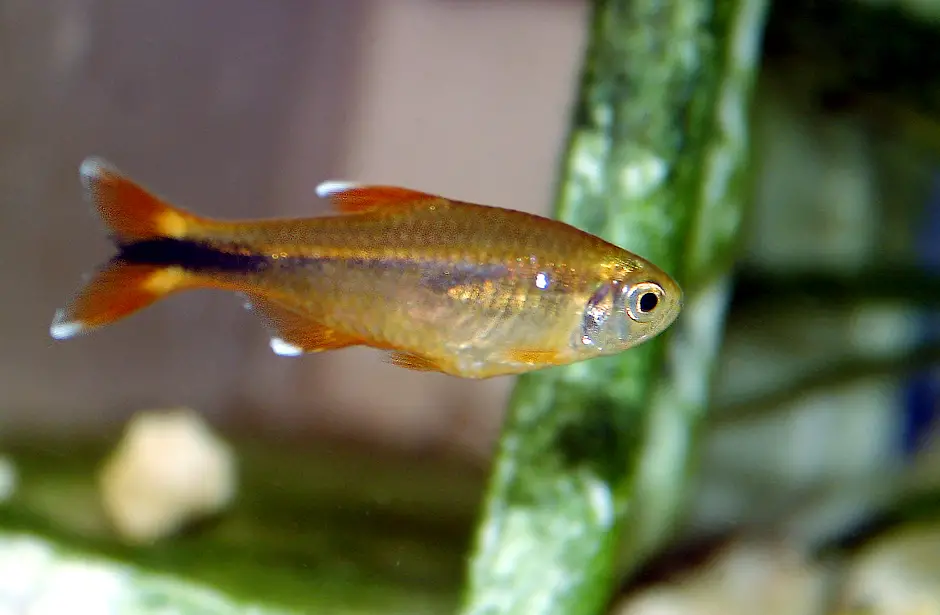
Silver tetras come from the rivers of South America, and they can grow up to five inches in length. They are silver with black marks on their body and fins which makes them stand out from other fish species.
Silver tetras have an active personality, so they need plenty of open space to swim around in their tank environment. The Silver Tetra is a schooling fish that prefers tanks with lots of plants or decorations where it can hide when feeling threatened by predators such as catfish or larger cichlids (such as Oscars).
Silver tetras should be kept at least two gallons per gallon if possible since they produce a lot more waste due to being omnivorous feeders than most smaller tropical freshwater aquarium inhabitants like guppies or mollies.
Silvertip Tetra (Hasemania nana)
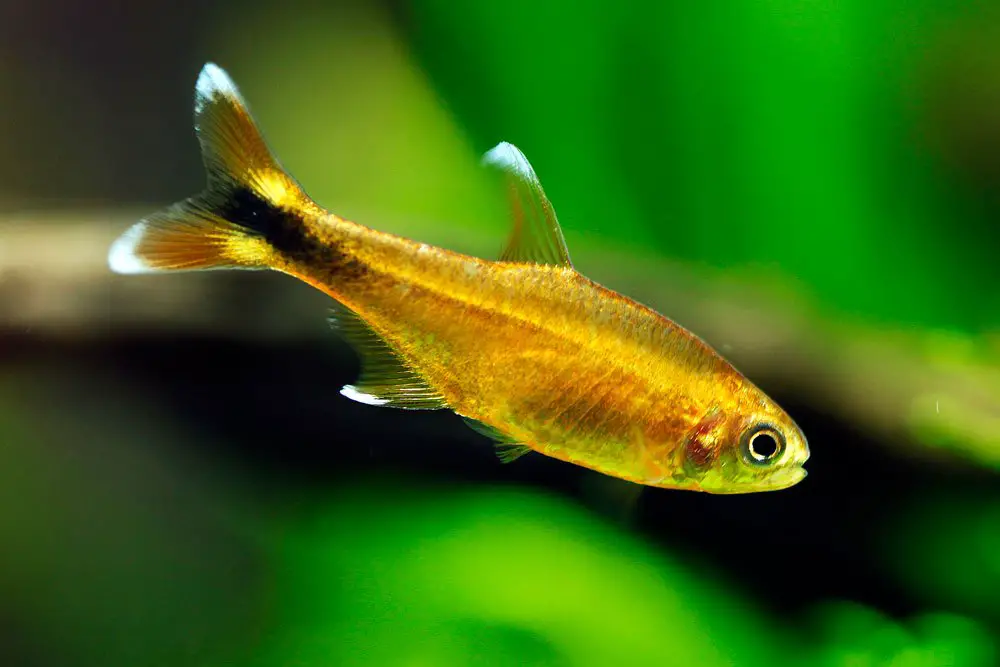
The silver tetra is a very popular fish in the aquarium trade because it’s easy to care for and makes an attractive addition to your tank. This species has an active personality, so they need plenty of open space to swim around in their tank environment.
They should be kept at least two gallons per gallon if possible since they produce more waste than smaller tropical freshwater aquarium inhabitants like guppies or mollies due to being omnivorous feeders.
The Silvertip Tetra has many similarities with the Silver Tetra but one significant difference: while both species are silvery-white, only H.nana shows black markings on its fins/body. These markings are generally more extensive in juveniles.
The Silvertip Tetra is a schooling fish that prefers tanks with lots of plants or decorations where it can hide when feeling threatened by predators such as catfish or larger cichlids (such as Oscars).
Green Neon Tetra (Paracheirodon simulans)
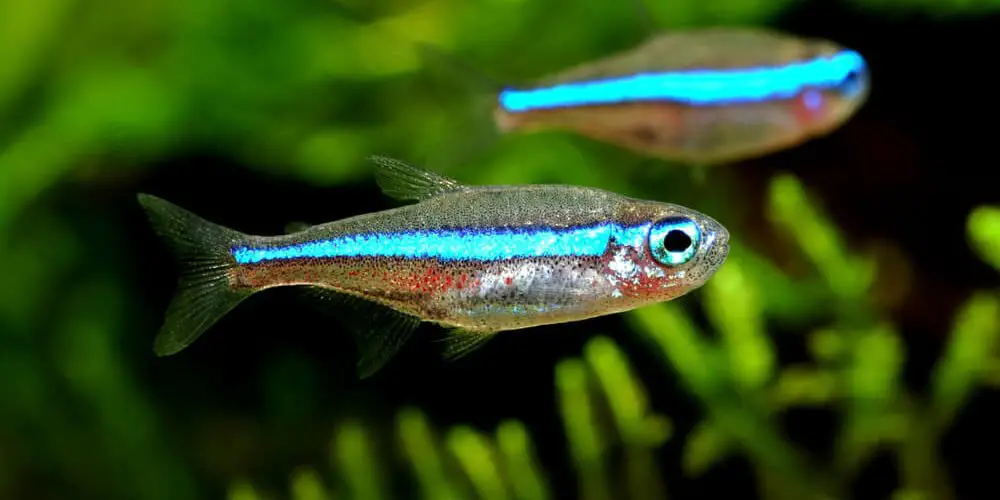
The green neon tetra is a small, brightly-colored fish that’s popular in the aquarium trade. This species can be found in slow-moving streams and rivers throughout much of South America.
Green neon tetras have a peaceful temperament and are ideal for community tanks. They should be kept in groups of six or more individuals to display their best coloration.
In the wild, green neon tetras feed on insects, crustaceans, and other zooplankton. In the home aquarium, they will accept most commercially prepared foods including flake food, freeze-dried bloodworms, and tubifex worms.
Be sure to provide plenty of plants or driftwood for your green neon tetras to hide in; they need lots of open swimming space but will also appreciate having some cover from larger fish in your tanks such as barbs or cichlids.
Red Neon Tetra (Paracheirodon innesi)
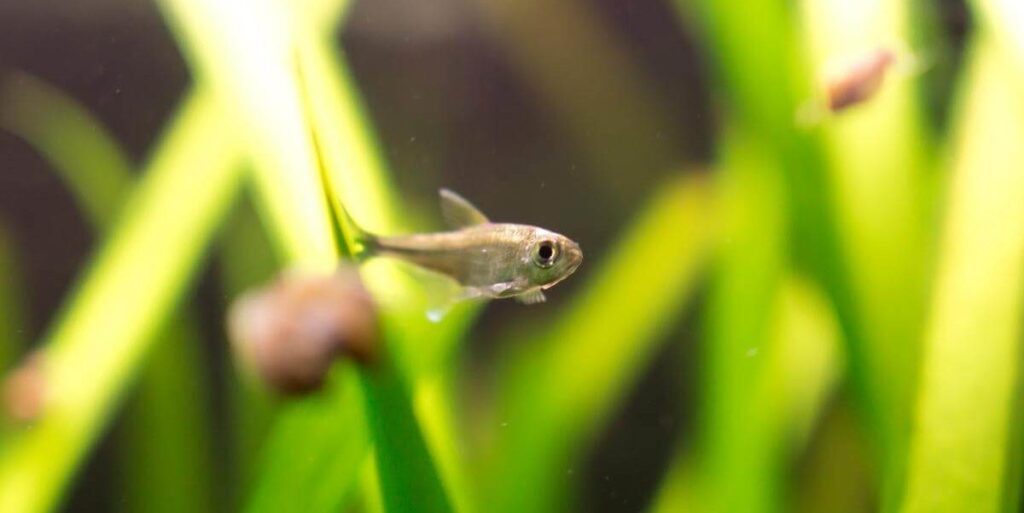
The red neon tetra is a popular aquarium fish that has been bred for use in the home trade since 1953. It’s native to South America where it can be found living alongside other species like white clouds minnows; these two types share many similarities including their diet preferences: omnivorous feeding on both aquatic plants as well worms/insects when available!
The red neon tetra, Paracheirodon axelrodi, is a very popular and colorful aquarium fish. It was first bred in captivity in 1953 by the late Dr. Innes and has been available for home aquarists ever since.
This species is native to the Upper Amazon basin where it inhabits slow-moving streams and rivers. The red neon tetra is a schooling fish that prefers tanks with lots of plants or decorations where it can hide when feeling threatened by predators such as catfish or larger cichlids (such as Oscars).
In the wild, red neon tetras feed on insects, crustaceans, and other zooplankton. In the home aquarium, they will accept most commercially prepared foods including flake food, freeze-dried bloodworms, and tubifex worms.
Be sure to provide plenty of plants or driftwood for your red neon tetras so they have some cover from larger fish such as barbs or cichlids which might eat them if given the chance!
Rosy Tetra (Hyphessobrycon rosaceus)
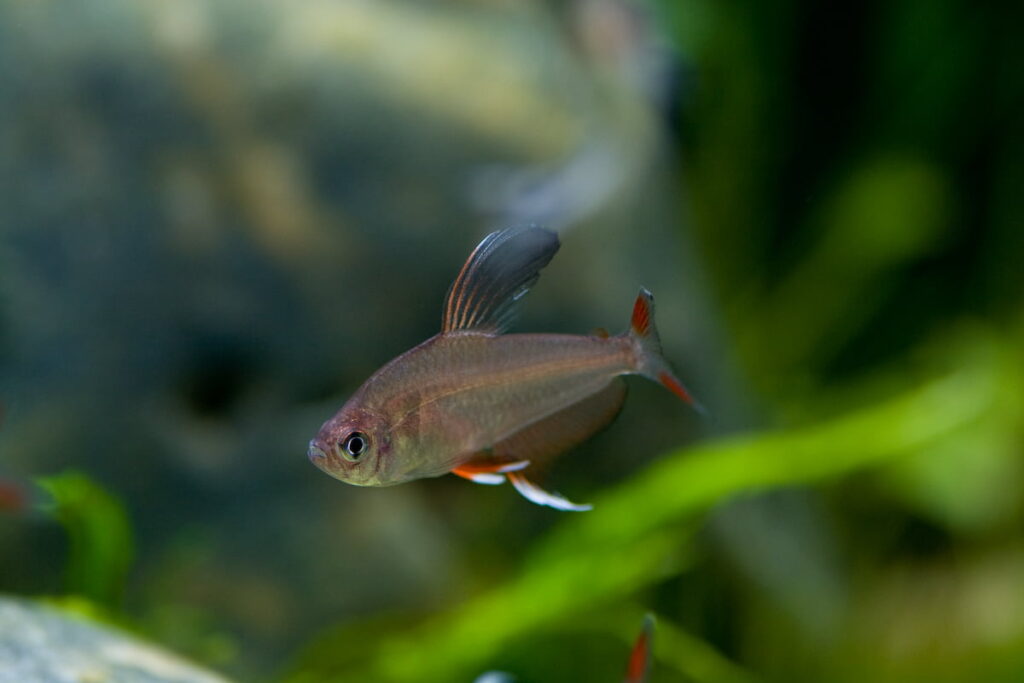
The Rosy Tetra, Hyphessobrycon rosaceus, is a popular and colorful aquarium fish that has been bred in captivity since 1953. It’s native to South America where it can be found living alongside other species like white clouds minnows; these two types share many similarities including their diet preferences: omnivorous feeding on both aquatic plants as well worms/insects when available!
Rosy tetras are small schooling fishes best kept with other similar-sized species like Hyphessobrycon simulans (green) or danios such as Danio rerio (zebrafish). They’re not suitable tankmates for larger fish because they’ll get eaten up quickly!
This species is native to the Upper Amazon basin where it inhabits slow-moving streams and rivers. The rosy tetra is a schooling fish that prefers tanks with lots of plants or decorations where it can hide when feeling threatened by predators such as catfish or larger cichlids (such as Oscars).
In the wild, rosy tetras feed on insects, crustaceans, and other zooplankton. In captivity, they will accept most commercially prepared foods including flake food.
Black Phantom Tetra (Gymnocorymbus ternetzi)
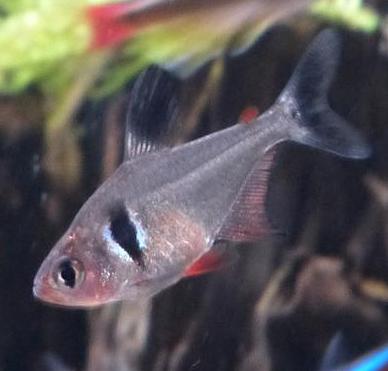
The Black Phantom Tetra is a very beautiful species of tetra fish. The body is silver-colored and covered with black spots on the sides. It has an elongated shape that tapers at both ends, making it look like a needle or pencil.
Its eyes are round and red in coloration similar to those found on other types of tetras such as the Neon Tetra (Hyphessobrycon pulchripinnis) or Emperor Tetra (Nannostomus marginatus).
The most striking feature about this fish though is its long flowing fins which can reach up to six inches in length! These fins make them unique among all other fishes because they’re not only functional but also decorative if you keep them healthy and well-groomed.
The Black Phantom Tetra is a schooling fish and does best when kept in groups of six or more. They are omnivorous, so they will eat both plant material and small invertebrates such as brine shrimp, bloodworms, or daphnia.
They are generally peaceful fish but can be territorial towards others of their own kind, so it’s best to keep only one male per school if you want to avoid any aggression disputes.
This tetra is a great choice for beginning aquarists because they are hardy and relatively easy to care for. They do require clean water though and should be fed a varied diet to maintain their good health. So if you’re looking for an attractive addition to your aquarium, the Black Phantom Tetra might just be what you need!
Black Skirt Tetra (Gymnocorymbus ternetzi)
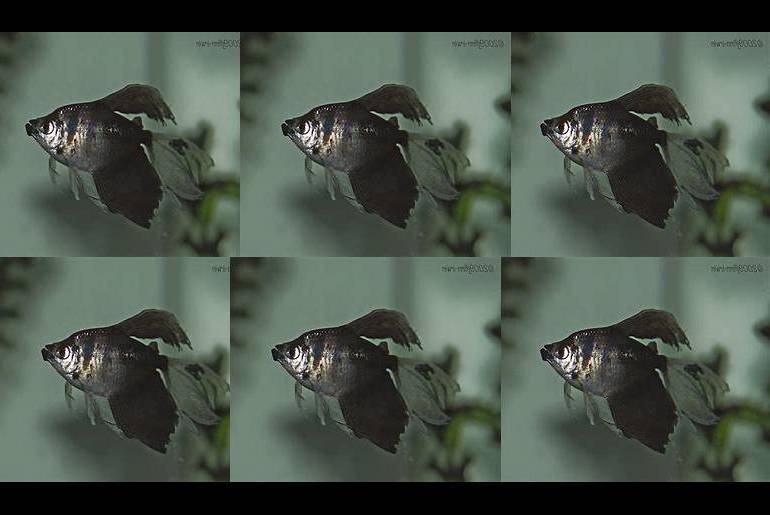
The Black Skirt Tetra is a small fish that has an elongated body and black “skirts” on both sides of its abdomen. It also possesses long flowing fins which make them unique among all other fishes because they’re not only functional but also decorative if you keep them healthy and well-groomed.
The black skirt tetras are omnivorous with plant material being their primary diet; however, they can eat smaller invertebrates such as brine shrimp or bloodworms too!
These beautiful fish will add beauty to any community tank as long as you give them enough space for swimming around freely without being harassed by other members of the school.
This tetra is a great choice for beginning aquarists because they are hardy and relatively easy to care for. They do require clean water though and should be fed a varied diet to maintain their good health so if you’re looking into adding some new fish into your aquarium, then consider getting black skirt tetras!
This tetra is a small fish that has an elongated body and black “skirts” on both sides of its abdomen. It also possesses long flowing fins which make them unique among all other fishes because they’re not only functional but also decorative if you keep them healthy and well-groomed.
Conclusion
So if you’re looking for an attractive addition to your aquarium, the Black Phantom Tetra might just be what you need! These beautiful fish come in a variety of colors and have long flowing fins that make them stand out among all other fishes.
They are hardy and relatively easy to care for, so they are a great choice for beginning aquarists. However, they should not be kept with other types of fish as they can be aggressive towards them. So if you want some unique-looking fish to add beauty to your community tank, then consider getting yourself some black phantom tetras!
